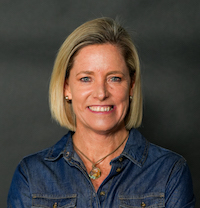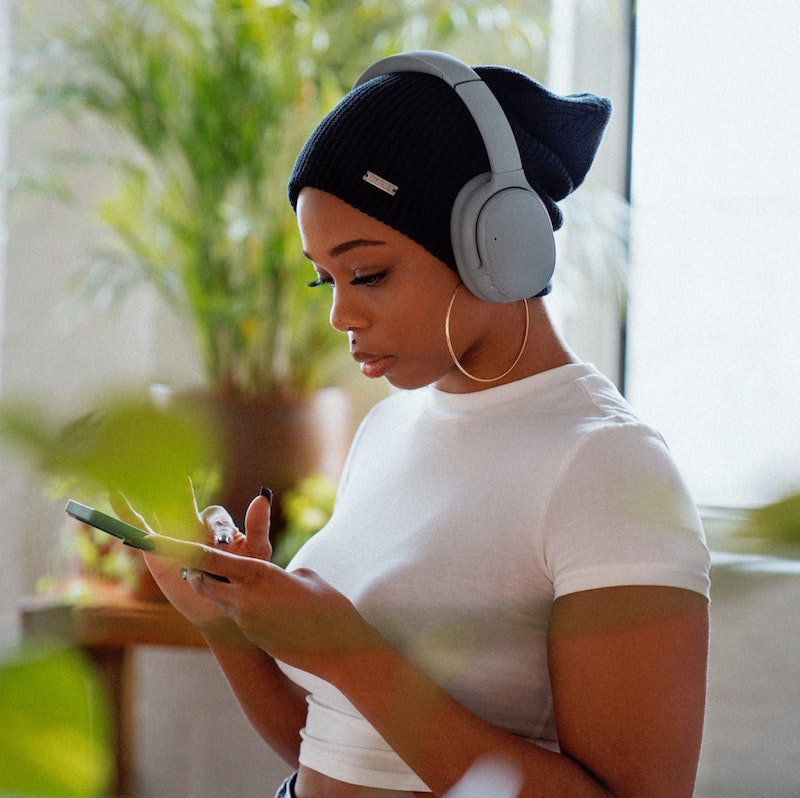New youthful voices on air (and behind the scenes) are revitalising radio. The use of social media and technological evolution has inspired a new sense of confidence in, and over, the airwaves.
Naveen Singh, programming manager at regional Cape Town station, Smile 90.4FM, says young talent coming through is, “… less restricted by the old paradigms in radio, and much more in touch with themselves.” This confidence, he adds, has impacted on subject matter too – evident in the submissions received. “Content, in some cases, was delivered with more of an opinion … even if it wasn’t a popular one. This was refreshing and the subject matter was far more pertinent,” says Singh.

“What was interesting to me was the way the creativity was initiated. As an old school radio guy, it was great to see social media and new technologies being used in creative ways to elicit and maintain conversations. I thought a lot of the new talent to radio brought new ways of engaging audiences,” he adds.
Trish Taylor, Primedia Broadcasting’s chief broadcasting officer for Africa, was “blown away” by some campus radio submissions. “The calibre of content, presenters and overall production elements was stand out and gives me tremendous hope for future talent entering into the broader industry,” she says. “Having said that, I was disappointed in many campuses not bothering to enter the radio awards; this is a major missed opportunity to celebrate their talent and expose their craft to the broader industry.”
While the radio business is emerging from the Covid-19 pandemic, its after-effects linger. Singh says overall, innovation was not as “emphatic” as it has been. “The pandemic certainly created innovative ideas but most were linked to that and, to be fair, not much outside that. I am sure as life changes post-pandemic, we will see a lot more,” he says.
Taylor, on the other hand, thought creativity and innovation in this year’s submissions was “outstanding”.
“Creating great radio is a team sport,” she says. “While we hear and see the end-result primarily driven by presenters, I can really appreciate the craft that has gone into the whole production, which involves far more than just the presenter. More and more stations and presenters are integrating multiple platforms as part of their transmedia storytelling – which amplifies and extends the magic created on-air,” she explains.
Trusted medium
In a world of misinformation, disinformation and straight up fake news, trust in radio is vital. “This has always been the backbone of radio,” says Singh. “Trusting the talent, and the audience trusting the talent, is extremely important in delivering content – especially content that affect the lives of the community within which they broadcast. As we saw with the pandemic, it was radio as an institution that was trusted with unpacking what is correct, debunking fake news and myths and giving the audience the truth.”

Taylor agrees. “Now, more than ever, radio needs to stand its ground in terms of trust and credibility. In the current dire news cycle, which is further agitated by fake news, credible radio needs to be that beacon of trust. Click bait, sensationalistic headlines, and a rush to break stories without the facts is a major problem, and radio has a role in providing a level of safety and trustworthiness,” she says.
Beyond music and talk, news beats at the heart of most radio stations. As Singh says, “Credibility in the news sphere is paramount. We absolutely have to ensure that our facts are accurate and that our reporting of said facts is easy to understand, with no ambiguity. This gives most radio stations the credibility within which they build the audience’s trust. This allows the presenters a bit more freedom to innovate, create and be more entertaining.”
That said, radio is no longer confined to a single challenge. It spills into social media, digital media and even has visual elements. This requires producers to have new and broad skills.
Taylor stresses that transmedia storytelling requires a new set of skills. “This is largely driven by producers. I have seen great innovations in this space as radio entrenches its relevance and longevity. A new breed of visual producers is emerging and combining their skills with audio production teams makes for outstanding entertainment,” she says.
Singh believes producers now have more opportunities to “see what content is working, how they can pick up on trending topics, which angles work and then still have the ability to test it with their audience before committing to the subject matter”. This has the advantage of keeping their shows relevant and engaging with the audience, he adds. “It has probably made life a lot more dynamic for producers as there are a range of ideas and concepts being considered at any one time.”
Cutting edge
The Radio Awards, says Singh, are as relevant now as they’ve ever been. By their very nature, they challenge talent to do better, to compete against their peers and to showcase how far they’ve come, and where they’re going.
“It was sad that many of the stations struggled to get their best content out due to the pandemic but overall, they tried new things, new ideas, new angles and new ways of doing things and that in itself should be commended,” he says. “Excellence with certain stations did shine through and we need to create more opportunities for this excellence to be shared, noticed and applauded so we can generate more excellence.”
He thinks, from some of the submissions he judged, that the basics of an idea was there. But, “I think they needed to plan it better, scrutinise all angles of it and work out what that perfect plan could be! And that does not mean throwing money (or more money) at it!”
Campus radio is an example. “There is raw talent in these radio segments but somewhere along the line there has to be an opportunity for them to be schooled in some of the basics of radio and professionalism that could make them radio stars,” Singh adds.
Singh was impressed with commercial radio entries. As he says, “Commercial radio continues to push the boundaries and try new ways of doing things adding in every element of interaction that is available which is spectacular. Commercial radio must be commended on making radio/audio exciting, engaging, caring and relevant to the audience.”
Taylor believes community radio is on the up and up. “Community radio has elevated itself over the past five years and this is very evident in this year’s entries. I have been so impressed by the content and commercial innovation these stations have demonstrated. You can hear and see the creativity and passion for the medium,” she comments.
And she has the last word: “The South Africa radio industry has a global reputation of being innovative and cutting edge and this year proved that. The standard of content preparation and delivery on multiple platforms is extremely high, as radio teams push their creative boundaries. It’s a very exciting time for radio!”
CLICK ON THE COVER TO READ THE MEDIA’S RADIO AWARDS INSPIRED EDITION.















